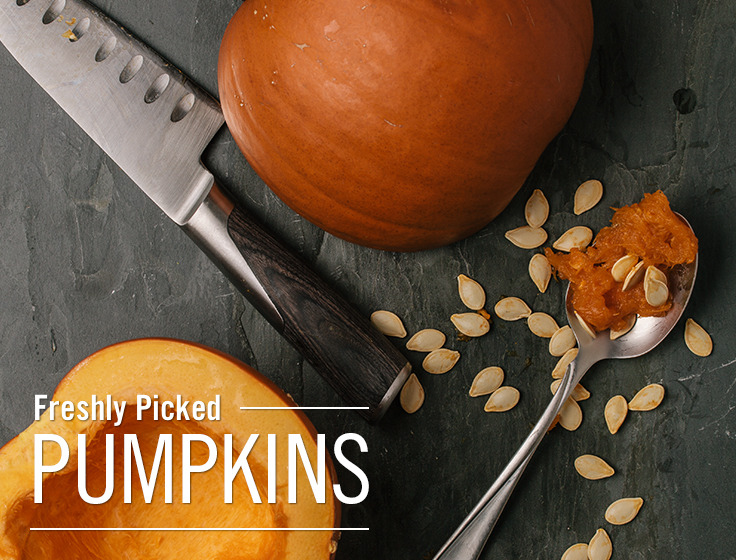Pumpkins: More than just pie
The pumpkin fruit is part of the Curcurbit family, which also includes cucumber, squash and melons. Native to the ancient Americas, pumpkins are rich in vitamin A, which may help protect against lung and oral cancers and is an essential vitamin for eyesight. Pumpkins also are a good source of antioxidants, B vitamins, and fiber.
Early Native Americans depended on pumpkin as a food source to get them through long, cold winters, by roasting, boiling, baking, and drying the flesh. They ate pumpkin seeds and also used them as a medicine. The blossoms were added to stews and dried pumpkin was stored and ground into flour.
Of course, when you think of pumpkins, you can’t help but think of pumpkin pie. This popular Thanksgiving dessert originated with the Pilgrims, but it looked very different back then. Pilgrims simply cut off the top of the pumpkin, scooped the seeds out, and filled the pumpkin with cream, honey, eggs and spices. Then they put the top back on and buried the whole pumpkin in the hot ashes of a fire. When it was done cooking, they simply scooped the contents out and ate them…no crust in sight!
Today, pumpkin is used in a variety of recipes ranging from main course to dessert. One thing is for sure: Fall wouldn’t taste the same without pumpkin.
The average pumpkin contains about a cup of seeds (“pepitas”) – don’t throw them away! Not only are they delicious baked with a little butter and salt, but they’re also a great source of protein, iron, zinc, vitamin E and Omega-3 fatty acids. They also contain tryptophan and glutamate, which may help to reduce anxiety and promote relaxation. You can eat pumpkin seeds as a snack, in desserts, and in savory dishes, too. They also make a great salad topper – look for pepitas in most of our salad bars.
We offer eating pumpkins in our produce department; look for ones that are heavy with a thick stem. Pumpkins can be stored for weeks in a cool, well-ventilated place.






